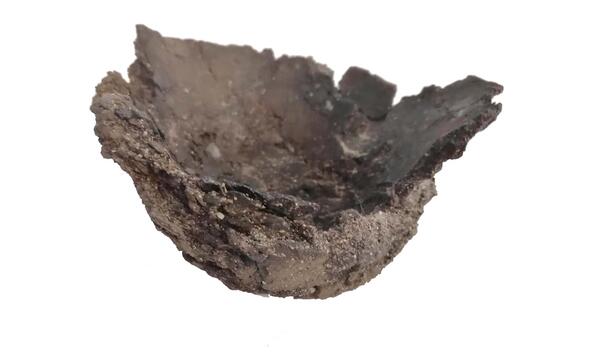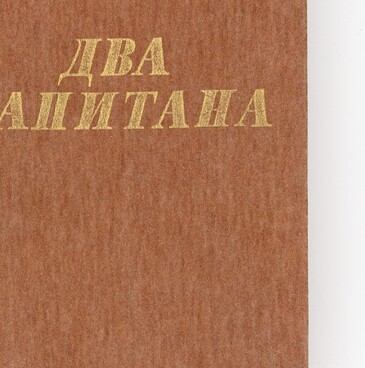The ceramic vessel found at the Oleneostrovsky grave field of the Kola Peninsula is one of the gems of the collection of the Polyarny Museum of History and Local Lore.
The discovery of ceramics is without exaggeration one of the most important achievements of the Neolithic Period. The use of pottery and ceramics is an indisputable sign of the developing human settlement in the area. For most of the Stone Age, all goods obtained by hunting and gathering were immediately distributed and consumed by members of the primitive societies. Over time, people learned to save up resources for emergency situations which means that they sought to obtain more food than necessary for immediate consumption and took measures to prolong the shelf-life of these resources. In other words, by the late Stone Age there was an incentive for excess production — storage pits continued improving, new means of transporting supplies (sewn from hides) were created, and pottery was developed. Ceramics paved the way for new cooking techniques and improved storage solutions.
Of all the ceramics found on the Kola Peninsula, only eight vessels were completely restored. Two of them are on display in the museum. There are significantly more partially restored vessels. The vessel on display is small in size. It was molded by hand from a piece of prepared clay by shaping the walls with the palm and fingers. The clay (also called dough) included various additives to reduce its fat content. The vessel has a round bottom, so that it could stand only with its lower part buried in the ground, sand, ash, or positioned between stones. The vessel was fired using the open firing technique. The outer surface of the vessel is polished. This was most likely done by smearing the already formed and dried vessel with well-soaked (soaked in water and cleaned of impurities) clay.
According to the technique,
shape and ornamentation of the pottery, Neolithic cultures are distinguished
from each other and often credited with the item’s creation, their chronology,
development and distribution are can also be established. It is doubtful that
the ceramics that appeared during the early Neolithic Period were made by the
ancient population of the Kola Peninsula. Many elements of ceramics similar to
this exhibit are found among the ceramics complexes of the current territories
of Karelia and Finland (types “sperrings” and “syaraizniemi”). There is reason
to believe that local people were inspired to produce their own ceramics after
seeing them on the aforementioned territories.



